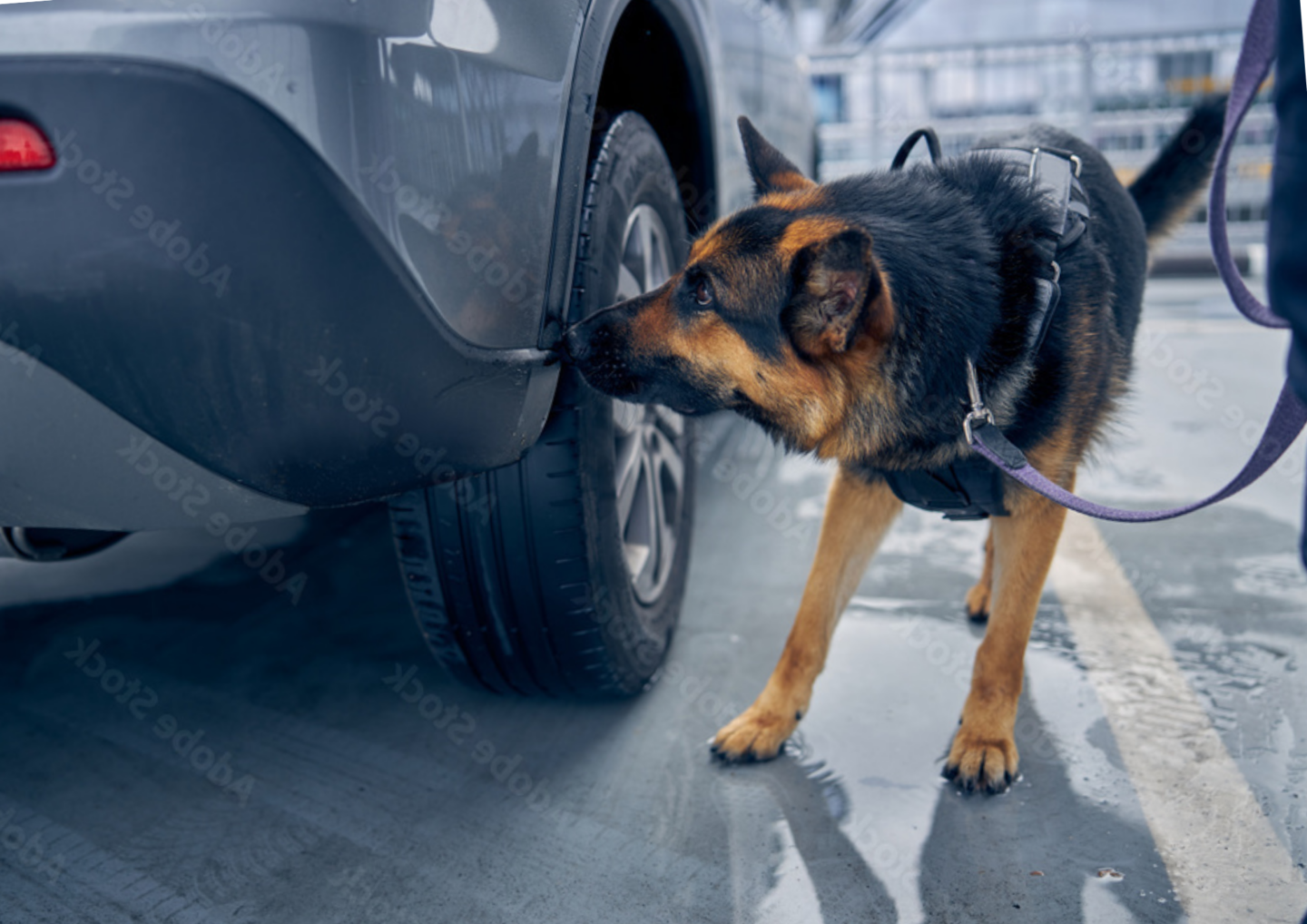Detection is an activity that involves the use of a dog trained to detect the presence of certain odors and warn its handler when the dog found them.Very often this activity is improperly referred to as “search for hidden substances”.In reality the detection dog is not only trained to detect concealed substances (such as drugs, explosive material, prison cells, etc.) but can also be trained to detect the smell of mold, insects, faecal pellets of species of interest, etc.. Detection is not limited to narcotic or explosive or human remains or mobile phones in prison. There are areas where the dog’s sense of smell can be extremely useful and which are not reserved for security professionals, in particular pest control, wildlife monitoring and the agri-food sector. Detection dog can in fact be trained to detect the presence of bedbugs, mold, invasive species, plant diseases, scat of species of interest and other products of animal origin. You can participate in the course with any type of dog: no matter the breed or age. What you are asked for is just dedication and time.
This course fits for you if:
- You are a beginner who want to start his career as detection dog handler
- You want to teach your dog a solid passive alert on target odor
This is the first module of a course aimed at providing the necessary skills to train a detection dog . The course is mainly intended for people who wish to work as a detection dog handler (e.g. in the conservation, pest control, private security, human remains, etc) but it is open also to those who want to learn more about this training.
Detection can also be a fun and entertaining activity: a growing number of enthusiasts are approaching this type of work because it is satisfying for both humans and dogs.
You are not required to buy expensive training material, all you need to be able to participate is food reward, toy reward and a red Kong. It is strongly suggested to enrol at the same time in the course “A world of scent” to acquire the theoretical knowledge necessary to successfully attend the first detection training step. We do not repeat here the basic theoretical concepts.

